Text Anonymization
Anonymize and censor sensitive information in text, including personal identifiable information (PII), specific words, and patterns. All processing happens locally in your browser.
How to Use the Text Anonymization Tool
Basic Usage
- Enter or paste your text in the input area
- Select the anonymization method that suits your needs
- Configure the options for your selected method
- The anonymized text will automatically appear in the output area
- Use the copy button to copy the result to your clipboard
Anonymization Methods
- Censor Words - Replace specific words with a character of your choice
- Regex Pattern - Censor text matching a regular expression pattern
- Censor PII - Automatically detect and censor personal identifiable information
- Replace Names - Replace specific names or terms with alternative text
Tips for Effective Anonymization
- For censoring words, separate multiple words with commas or spaces
- When using regex patterns, use flags like 'g' (global) to replace all occurrences
- The PII detection can identify common formats of emails, phone numbers, URLs, and credit card numbers
- For name replacement, add multiple name pairs to replace several names at once
- Use case sensitivity when you need to distinguish between capitalized and lowercase versions of words
Note: While this tool can help anonymize text, it may not catch all sensitive information. Always review the output manually for any remaining sensitive data before sharing it.
About Text Anonymization
Text anonymization is the process of removing or replacing sensitive or personally identifiable information (PII) from text data to protect privacy while preserving the usefulness of the information for analysis or sharing.
Common use cases for text anonymization include:
- Preparing documents for public release or sharing
- Complying with privacy regulations like GDPR or HIPAA
- Sharing examples or case studies without revealing identities
- Protecting sensitive information in logs or reports
- Anonymizing research data or survey responses
- Preparing text for machine learning or data analysis
Our Text Anonymization tool offers multiple methods to help you protect sensitive information:
- Word Censoring - Replace specific sensitive words with asterisks or other characters
- Pattern Matching - Use regular expressions to identify and censor specific patterns of text
- PII Detection - Automatically identify and censor common types of personal information
- Name Replacement - Replace real names with pseudonyms or generic labels
Whether you're preparing text for sharing, complying with privacy regulations, or simply protecting sensitive information, this tool provides a simple interface to anonymize your text data while keeping it useful for its intended purpose.
More Tools

Audio Diary
Record and organize voice notes with this simple audio diary that stores everything locally on your device.
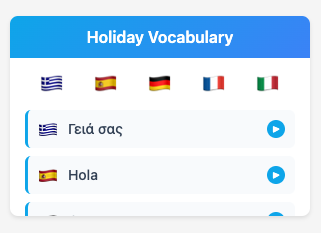
Holiday Vocabulary
Learn essential travel phrases in multiple languages with pronunciation guides for your vacation.
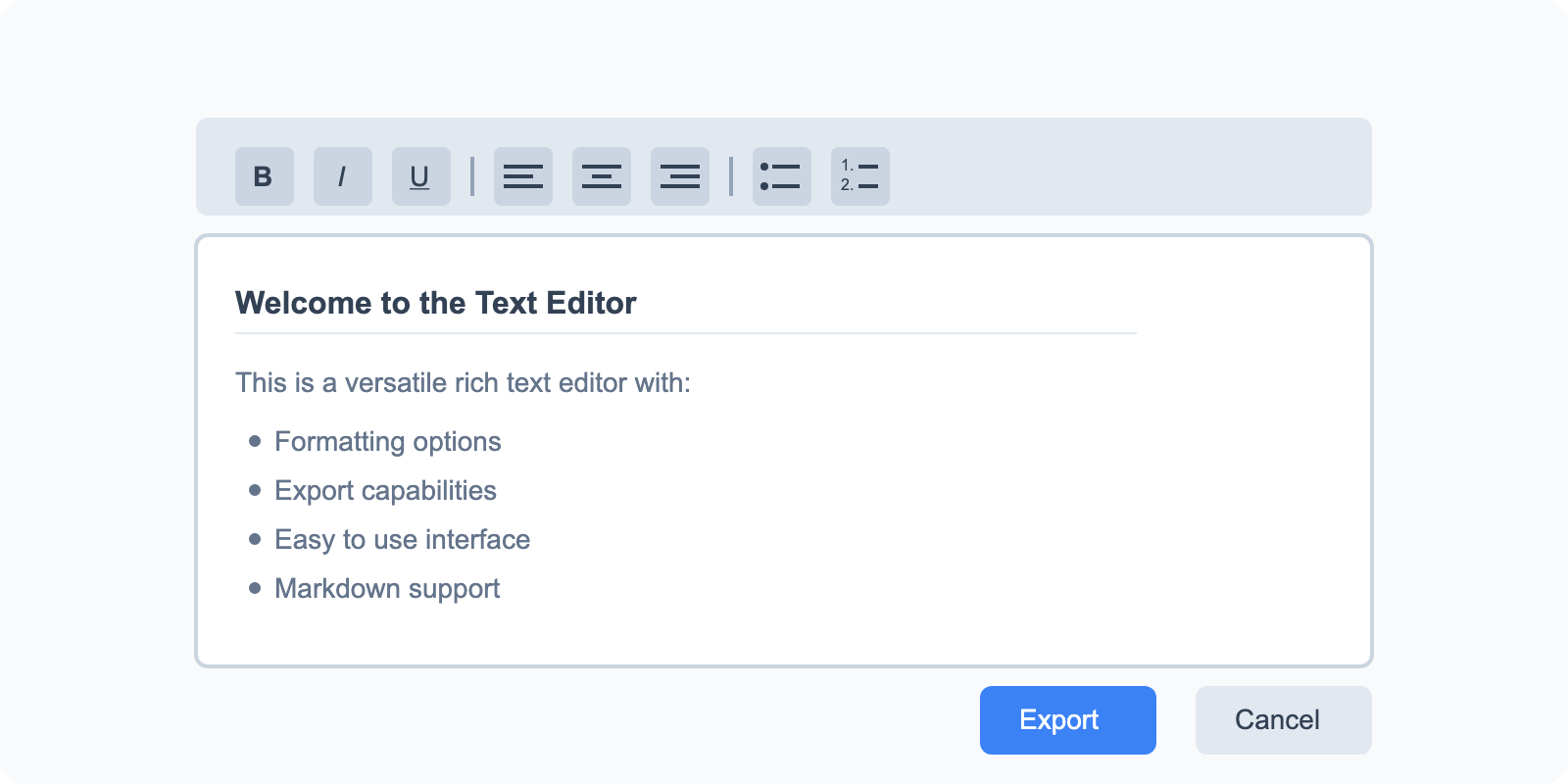
Math Solver
Solve basic math equations and expressions with detailed step-by-step explanations.

Todo List
Organize tasks with drag-and-drop reordering and track your progress with this simple todo list tool.

Shopping List
Keep track of items you need to buy with this simple shopping list tool that remembers what you've purchased.

Text Operations
A collection of 27 text manipulation tools for formatting, transforming, and analyzing text content.

Text Editor
A versatile rich text editor with formatting options and export capabilities.
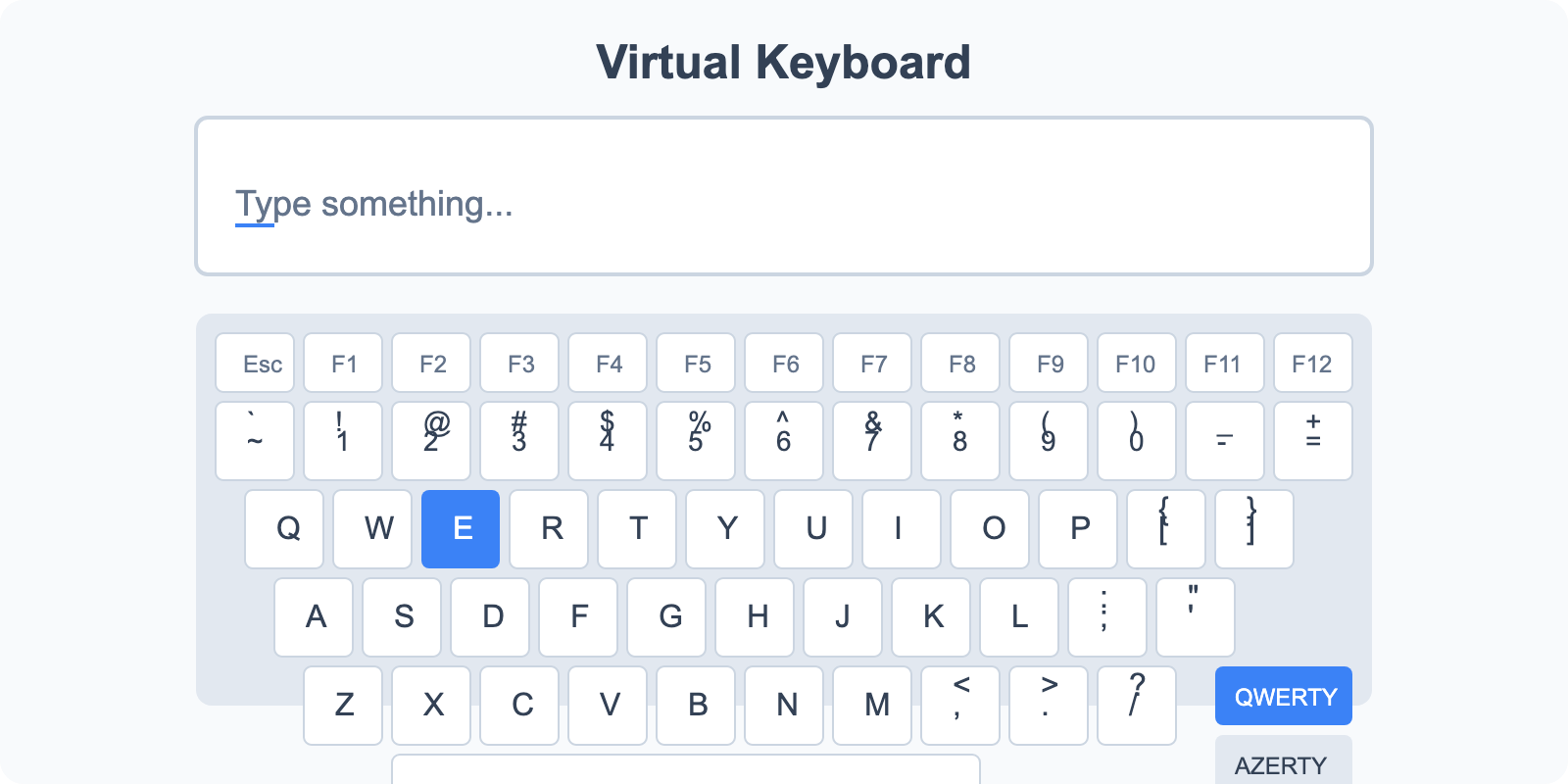
Virtual Keyboard
Type in different languages with multiple keyboard layouts.
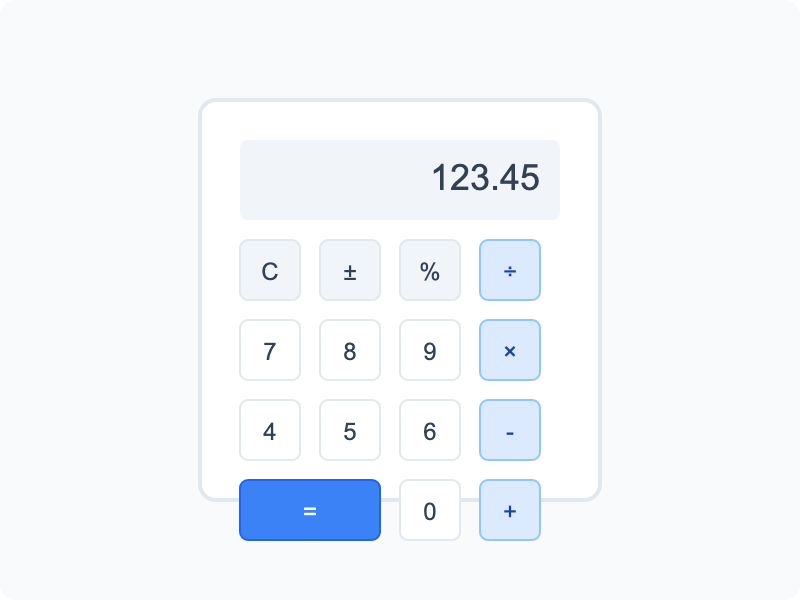
Calculator
Basic calculator and unit conversion tools for everyday calculations.
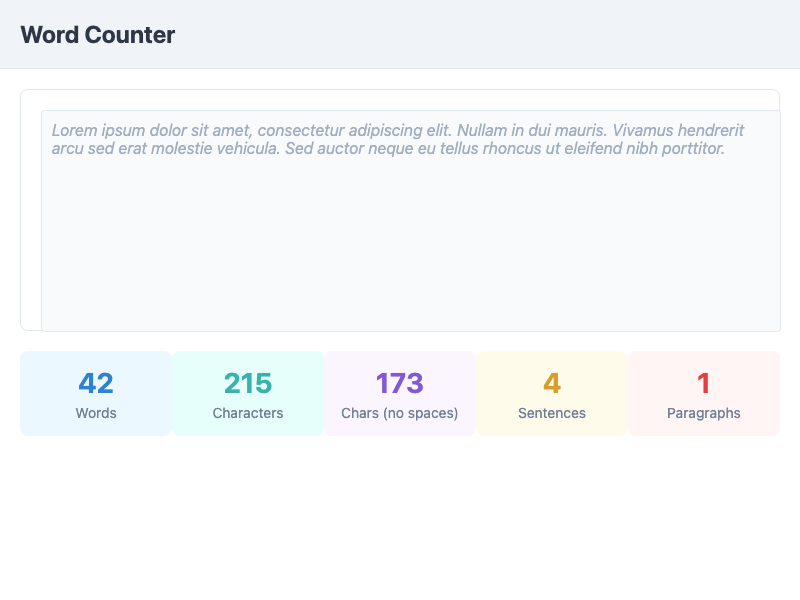
Word Counter
Count words, characters, sentences, and paragraphs in your text.

Pomodoro Timer
Boost productivity with timed work and break intervals using the Pomodoro Technique.

IP Address Lookup
Check your public IP address and view related location information.
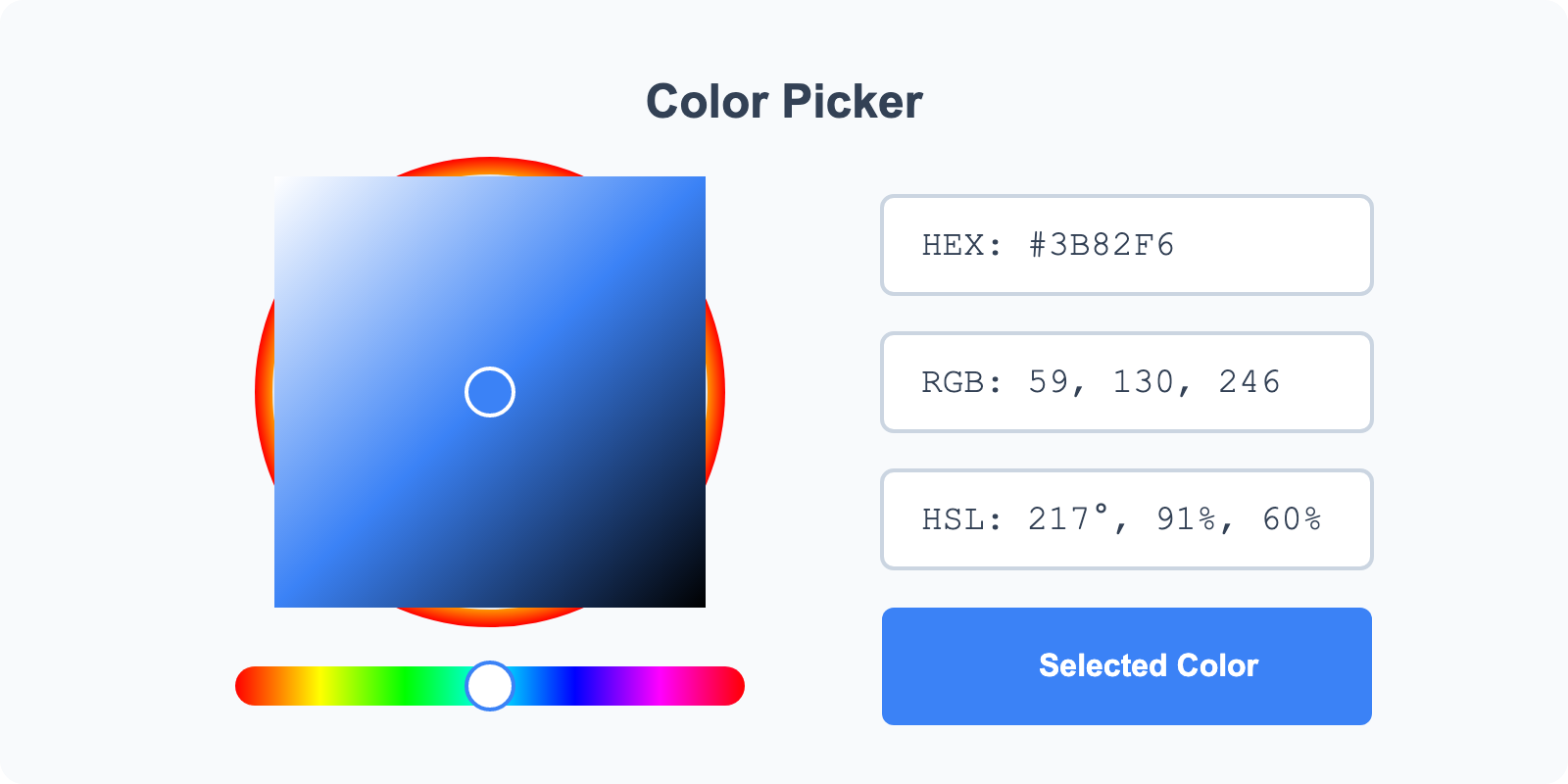
Image Color Picker
Upload images and pick colors directly from them.

Color Selector
Select colors using RGB, HEX, or HSL pickers and create palettes.
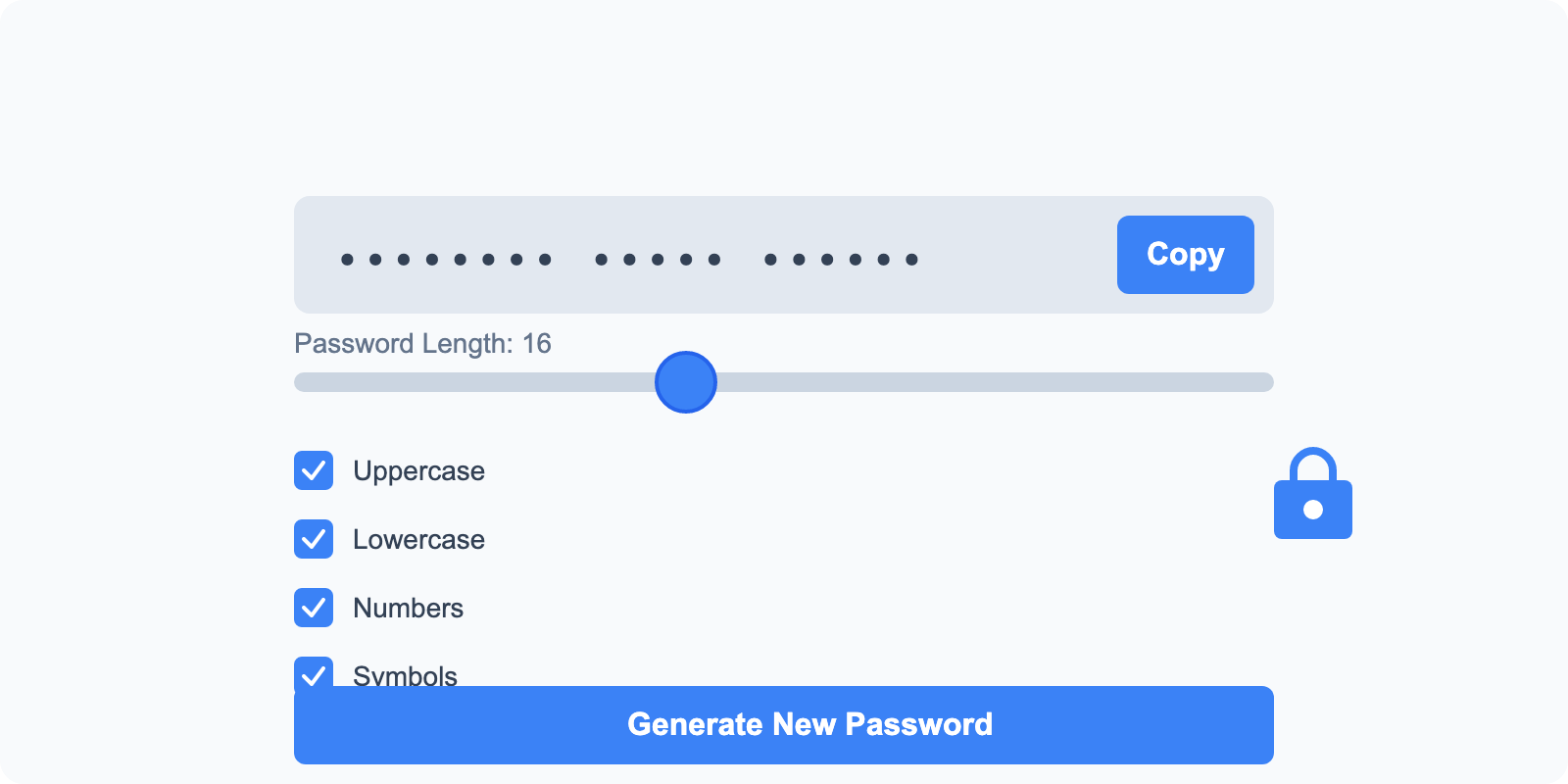
Password Generator
Generate secure passwords with custom requirements.